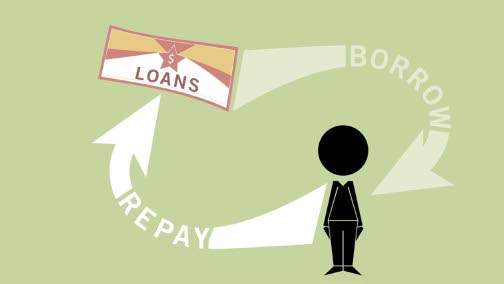Editor’s note: The following is part two of a two-part series on what to look for and ask when taking out a loan.
HOW IS THE INTEREST CALCULATED AND ACCRUED?
Interest can accrue in one of two ways, “reducing balance” or “add-on”.
If the answer is anything other than “reducing balance”, leave immediately. Reducing balance means that every payment you make reduces your principal and interest, and the next interest payment is calculated based on the now — lowered principal. Therefore, if you have a $100,000 principal, and have paid $20,000 of it already, any future interest will be calculated off the remaining $80,000.
With “add-on” the interest is calculated against the original principal amount, no matter how much of it you have paid off.
In the $100,000 loan example, even though the principal has been reduced to 80,000 through payments, interest would still be calculated at the original $100,000 until the loan is completely paid off. This is easily one of the worst loan types to take. Never take a loan with add-on interest terms. (Special shout-out to the Students’ Loan Bureau who offered their student loans with add-on interest till April 2016. I still haven’t forgiven you guys for that).
http://www.jamaicaobserver.com/sunday-finance/lessons-in-loans-especially-car-loans_173670




Leave A Comment